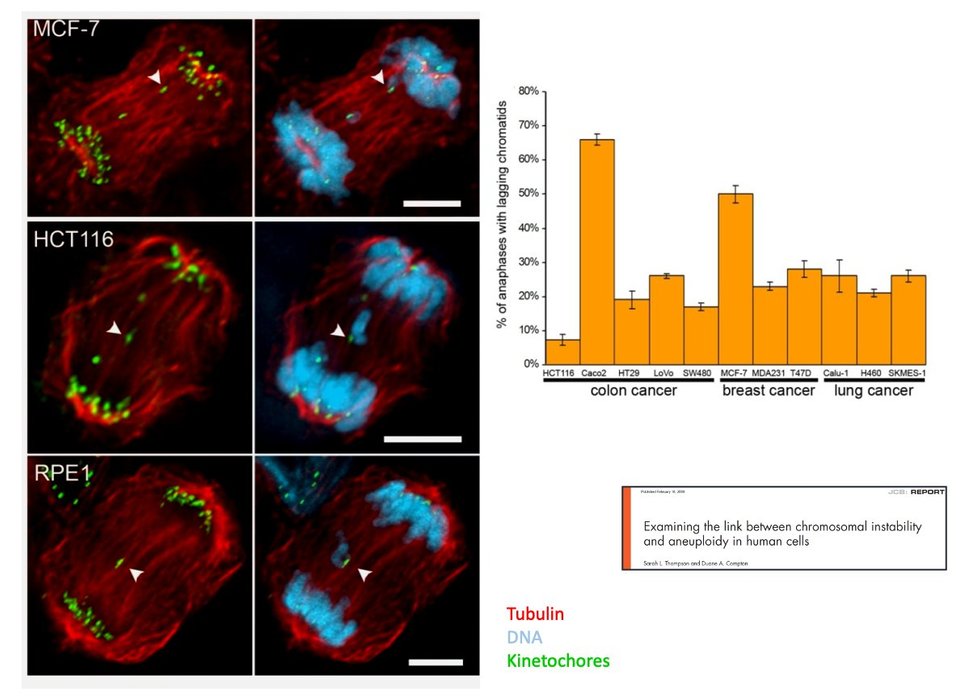Sublime
An inspiration engine for ideas
You may have heard of this gene, which is called APOE, because of its known effect on Alzheimer’s disease risk. It codes for a protein called APOE (apolipoprotein E) that is involved in cholesterol transport and processing, and it has three variants: e2, e3, and e4. Of these, e3 is the most common by far, but having one or two copies of the e4
... See morePeter Attia MD • Outlive: The Science and Art of Longevity

women get older, they tend to experience a negative triple whammy, an increase in the risks of three interrelated adverse reproductive outcomes—infertility, miscarriage, and chromosomal abnormalities (including trisomy 21, which is the presence of three copies of chromosome 21, also known as Down syndrome).
Shanna H. Swan • Count Down: How Our Modern World Is Threatening Sperm Counts, Altering Male and Female Reproductive Development, and Imperiling the Future of the Human Race

O genoma como uma máquina autorreplicadora coopta a fisiologia, o metabolismo, o comportamento e a identidade de uma célula, e o resultado é uma doença que muda de forma e, apesar de avanços significativos, desafia nossa capacidade de tratá-la ou curá-la.
Siddhartha Mukherjee • O gene: Uma história íntima (Portuguese Edition)
Genes, which carry the codes to build proteins, are physically located in a double-stranded, helical molecule called deoxyribonucleic acid (DNA), which is further packaged in human cells into skein-like structures called chromosomes. As far as we know, DNA is present inside every living cell (unless it has been ejected from the cell).
Siddhartha Mukherjee • The Song of the Cell
‘balancer’ chromosomes. These chromosomes contain multiple inverted sequences, meaning that big chunks have been cut out, flipped around and reinserted backwards.
